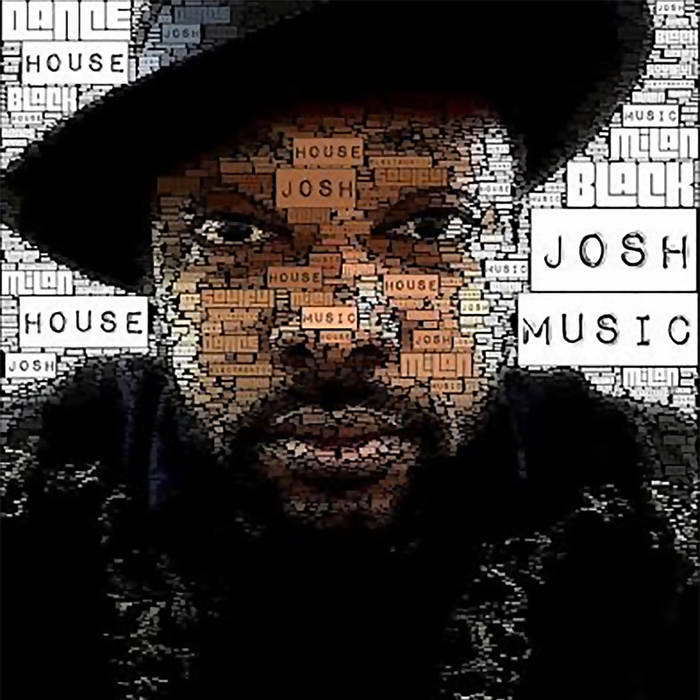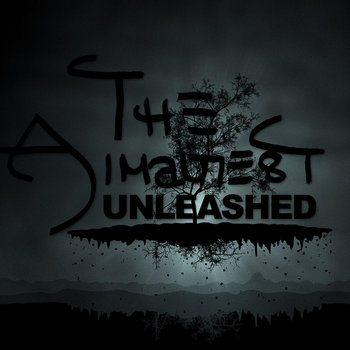
Written by Daniel Adler-Golden — Despite music being more accessible than ever before, feelings of unfair treatment and unfair compensation are rampant among musicians at all levels. Although Spotify takes the brunt of the blame, there are a lot of factors at play (the jury is split on the effects of piracy) and this isn’t the first time musicians have felt unfairly compensated for their music.
The 1942–44 Musicians Strike
In 1942 The American Federation of Musicians went on strike against recording music due of disagreements over payments with the major American record companies, led by union President James Petrillo.
The strike was not about the sale of records, per se, but about royalty payments for recordings used during radio airplay. Live musicians had been employed to provide music on-air, but recorded music was starting to replace those musicians. This was eventually resolved, but it took pressure from the National Labor Relations Board, the National War Labor Board, and President Franklin D. Roosevelt.
Artificial Supply and Demand
Historically, the cost of creating and bringing an album to market were so significant that only few artists outside of the major labels could do it. Additionally, the major labels supported a limited number of artists, as they needed to reach a certain scale to make good on their investments. As a result, consumers’ access to music was artificially constrained. During this time, a handful of artists received the majority of consumer music expenditures: top artists like The Beatles and Michael Jackson produced the years’ ‘must have albums.’
Note: Artists received one-time payments for album sales, rather than indefinite royalties.
New model introduced
For years, the recorded music industry’s value was inflated due to the bundling of music via albums, rather than consumer demand. Consumers were forced to purchase albums with tracks they didn’t want in order to get the tracks they desired.
iTunes was the first major widespread disruptor to this model with a la carte music purchasing for (99 cents/track). As a result, the same consumer spend was spread across dozens of artists, with each one paid for the specific tracks the consumer picks.
How does it work now?
The economics changed dramatically in the last few years, even though the core service is essentially the same: listening to music.
One of the major changes for artists in the streaming economy is indefinite royalty payments; previously, musicians received a one-time upfront payment for an album sale, regardless of the number of times it was played.
Also, because musicians can simply go online and upload their music to YouTube, record labels no longer tightly control distribution. As a result, vying for consumer music expenditures is now more competitive than ever.
While it’s hard for many artists to embrace the new economic landscape, the business of music has experiences a fundamental shift in both supply and demand. As a result, the business practices and industry metrics need to change.
Room for Growth
Streaming vs Terrestrial Radio
Streaming services such as Spotify depend on subscriptions for the bulk of their revenue, whereas radio generates revenue only from advertising.
Terrestrial radio advertising is worth $17bn/year, where combined advertising for streaming services is predicted to reach $1bn next year. This huge discrepancy provides possible opportunities for streaming services to significantly increase future revenues.
America is one of only three countries that does not pay performers for terrestrial radio airplay; the other countries are North Korea and Iran. Streaming services do compensate the performers, but as the value of one album can be spread out over months (even years), this often leaves artists feeling unfairly compensated.
Note: Government regulation is far behind the advances in technology and industry practices, which has led to complicated and confusing sets of rules regarding compensation and payments.
Concert revenue: A bright spot
Despite the rapidly decreasing number of recorded music sales, the US concert industry has tripled since 1999. This increase is not felt by the top 100 acts; in 1999 they took 90% of revenue, today it’s dropped to 44%.
Independent musicians account for this large increase, as they are making considerably more from concerts than at any point in recent history (+$3.2bn, or +1,150% since 1999) and are capturing an increased % of recorded sales.
However, many major artists have embraced the new landscape and have moved away from the major label system.
Talib Kweli: “Making the initial investment for Gutter Rainbows myself while simultaneously removing several hands from the pot allowed me to increase my profit exponentially and to receive it almost instantly. Gutter Rainbows is still not one of my most famous albums, but it is one of the few that I saw an immediate profit on.”
Although you may not agree with the execution of Amanda Palmer’s Kickstarter, she was able to successfully engage directly with her audience and monetize that experience, raising $1.2m on Kickstarter (approx equal to 200,000 album sales)
The shift from AM/FM to satellite and web radio (both of which pay writers and publishers as well as performers) will have a profound effect on not only how much a “listen” or “play” generates in revenue, but who receives what portion of that revenue.
The intangible value created from music
When discussing the modern music industry, it is important to take into account the impact music has on other industries. Nearly 40% of YouTube ($100bn company) views come from music videos and music is the most talked about topic on Twitter, yet this intangible value is not taken into account in discussions measuring the size of the music industry.
Beats Electronics, which was acquired by Apple for $4bn, owes much of its success to widespread access to music on smartphones. Additionally, consumers have had to increase their cell phone and internet bills to keep up with their streaming consumption.
Music has a large impact on many non-music industries, and we need to create new tools to measure the business of the modern music industry.
Click here to read from this article's source.












































